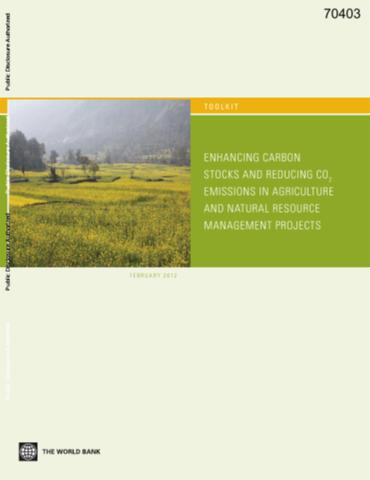Namibia: Country Brief
Namibia is a large country in Southern
Africa that borders the South Atlantic Ocean, between Angola
to the north and South Africa to the south. With a surface
area of 824,290 square kilometers, it is similar in size to
Mozambique and about half the size of the U.S. state of
Alaska. Namibia has a small population of approximately 2.1
million people. It is also one of the least densely
populated countries in Sub-Saharan Africa, with an average





